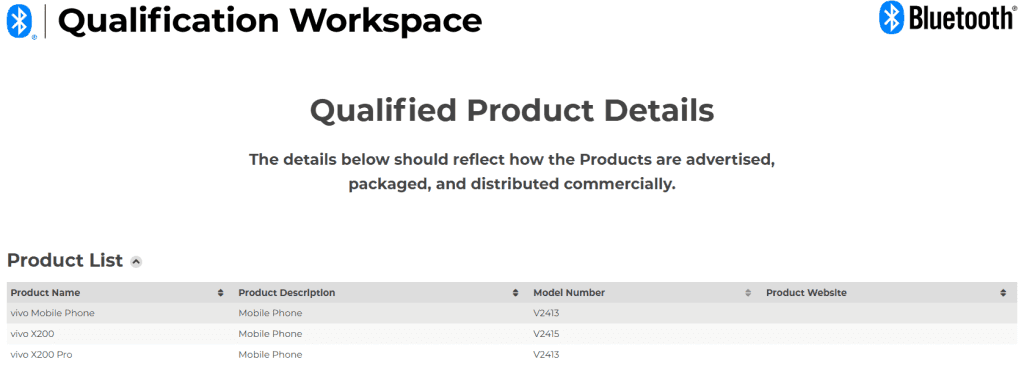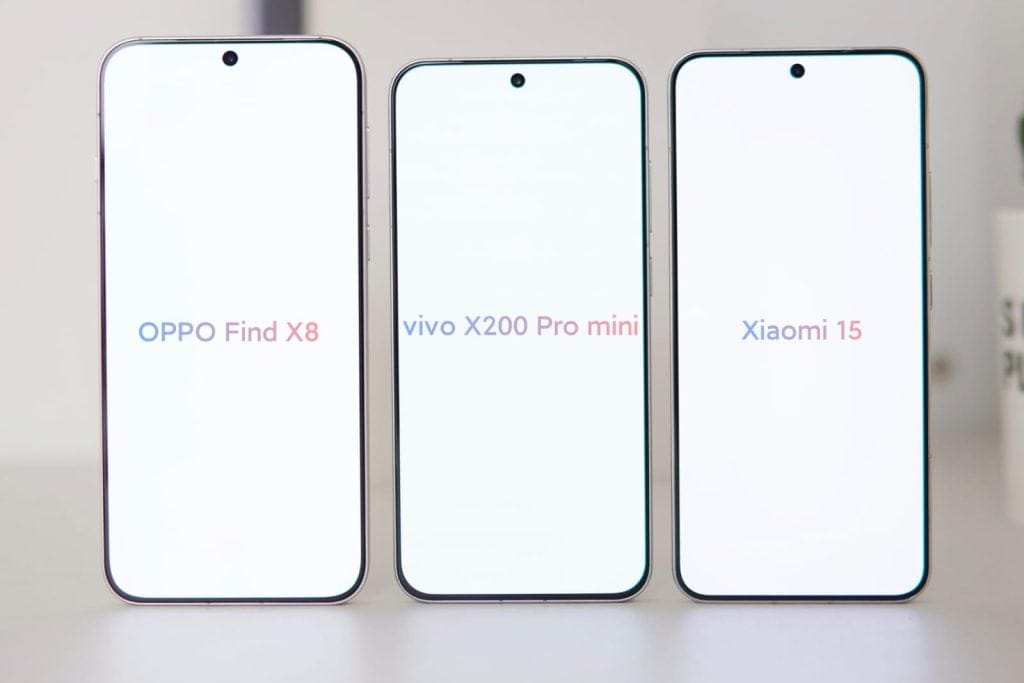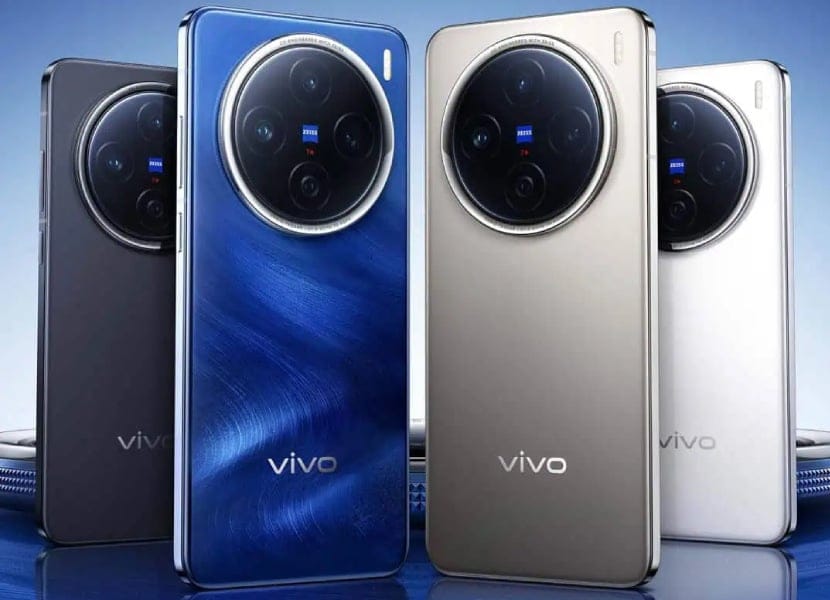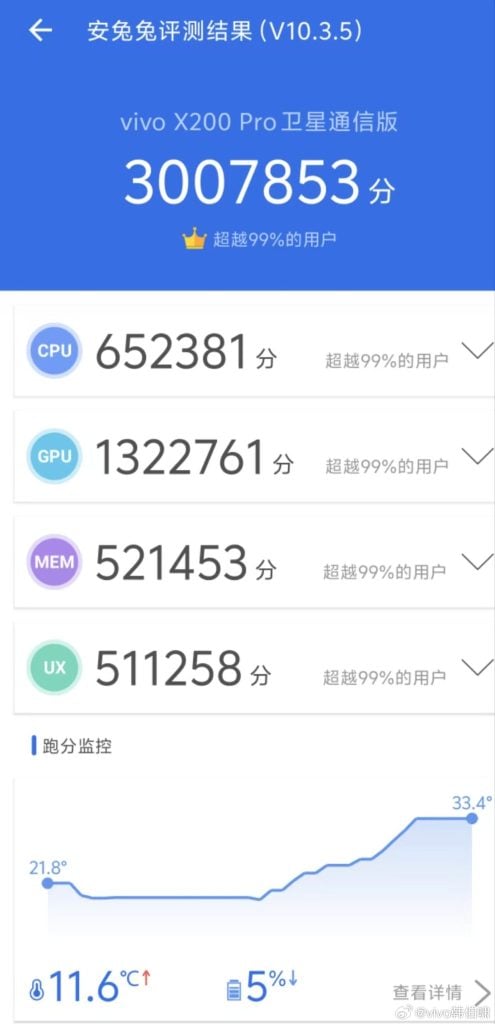On October 14, Vivo introduced the Vivo X200, X200 Pro, and X200 Pro Mini in China. These models are recognized as the first smartphones in the world to utilize the Dimensity 9400 SoC. The X200 and X200 Pro have obtained various certifications in different countries, signaling that the X200 series is about to launch globally. Recently, both devices also got the green light from Thailand’s NBTC certification platform.
Certifications for the Vivo X200 Series
The Vivo X200 and X200 Pro have been certified by Bluetooth SIG, as well as by Europe’s ECC, Malaysia’s SIRIM, and Indonesia’s TKDN and SDPPI certification bodies. These global versions carry the model numbers V2415 and V2413, respectively. Additionally, Taiwan’s NCC platform has approved the Pro model as well.
Approval from Multiple Authorities
Both the Vivo X200 (V2415) and the Vivo X200 Pro (V2413) have been cleared by India’s BIS authority, and the Vivo X200 has also received NBTC certification in Thailand. The X200 Pro has similarly gained NBTC certification in Thailand. The certifications from these various agencies suggest that the X200 series will soon be available in the international market. However, the X200 Pro Mini has not yet secured any global certification, which may mean it will stay exclusive to the Chinese market.
Anticipated Launch in India
Last month, a report from 91mobiles mentioned that Vivo India plans to unveil the X200 and X200 Pro in India by late November or early December. This suggests that Vivo India could begin promoting the X200 series shortly.
The Vivo X200 and X200 Pro will be the first devices from Vivo to come with Android 15 preinstalled. They are likely to compete with the Oppo Find X8 and Find X8 Pro, which also feature the Dimensity 9400 SoC. Although Vivo has yet to announce a global launch date for the X200 series, Oppo has already confirmed that the Find X8 will be announced in several markets this month.


























